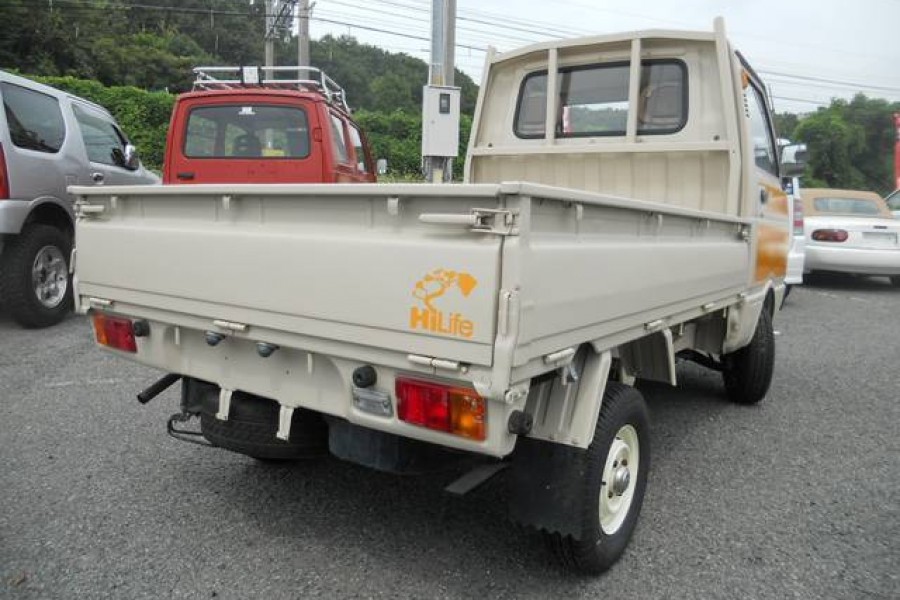What makes the truck axles in a vehicle essential? The most critical part of any vehicle is the axle. It is this part where the entire weight of the vehicle rests, and it regulates the power going to the wheels. Some axles join the gearbox, and the intensity of their rotation depends on the kind of gear engaged.
Types of Truck Axles
We have three types of axles that are common on every vehicle. Let us now look at each kind of axle.
Rear Axle
Trucks with no independent rear suspensions have a dead or a live axle. A dead axle will only support the weight of the back side of the vehicle, while a live axle has gears and transmits the power from the engine to the rear wheels. The live axle has an axle hub located on the axle casing. This axle provides a mechanism in which the live axle provides traction and supports the wheels on the road.Rear axles differ in mounting and support methods. There are three types of rear axles.
Semi-floating Axle is standard on most light 4WD pick-up trucks. Such axles have shafts on both sides, which splines in the inner ends where it joins the differential. The semi-floating axle should be slightly large to produce the same torque.
Full-floating Axle, as the name suggests, is that type of rear axle which is not firmly attached anywhere but floats in its position. Its primary function is the transmission of driving torque only. It has two bearings that enable it to maintain its position.
Three-Quarter floating axle operates more complexly compared to semi and full-floating axles. Its primary role is maintaining wheel alignment and handling driving torque and side thrust.
Front Axle
The front axle has the steering function and is responsible for processing shock as you drive on rough surfaces. It has the beam, stub axle, track rod, and swivel pin. Carbon steel or nickel are the primary materials in the production of the front axle. The dead and live axles are types of the front axle.
The dead front axle is stationary and does not rotate with the wheel. It has a casing that protects it from water and dirt.
The live front axle is connected to the gears and transmits the driving power to the wheels.
Stub Axle
In a rear-wheel drive truck, the stub axle is connected to one wheel and has bearings that support the wheel hub. We have four sub-types of the stub axle.
Elliot connects to the front axle through a kingpin, yoke, or cotter.
Reverse Elliot is an opposite arrangement of the Elliot stub axle.
Lamoine has a spindle that has an L-shape.
Reverse Lamoine has a layout that is opposite to that of Lamoine.
Conclusion
The three types of the axle, the front, rear, and stub axles, differ in their locations and their roles. A truck’s axle supports the vehicle’s weight and transmits the torque to the wheels. The stub and rear axles somehow have similar functions but differ slightly.

